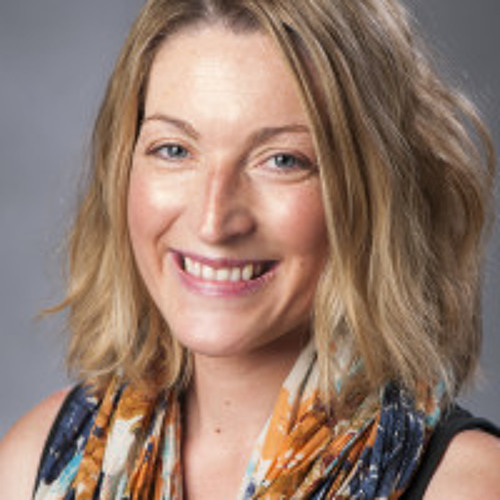Tendons of the lower limb predominantly function as springs to allow locomotion as well high level athletic activity. Tendon pain and dysfunction is a common presentation and clinicians must be competent at recognizing the key features of tendon pain, as well as possess an excellent knowledge of evidence-based management.
Critical to applying the evidence base is an understanding of the pathoetiology of tendon pain, adaptation, as well as changes that exist at all levels (from tendon to muscle, kinetic chain and brain). These concepts provide the premise for thorough rehabilitation and appropriate use of adjuncts in the management.
Rehabilitation considerations include the current capacity of the individual as well as their goals, co-morbidities and individual factors. The in-season athlete provides an additional challenge and clinicians must understand how and when to apply the current research.
This program will also teach the importance of pain science, use of language when explaining ideas to patients and athletes as well as key stakeholders such as parents of junior athletes and coaches. The latest evidence for how to incorporate neuroscience into rehabilitation will also be covered.









